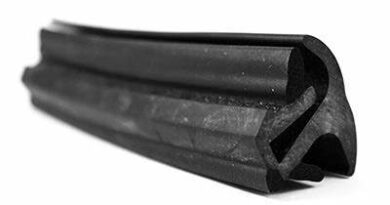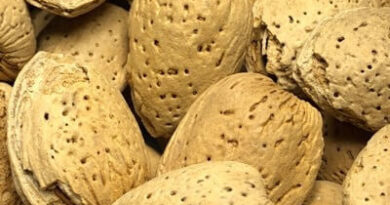Mechanism of oxidation in natural rubber compounds at lower (ambient) temperatures
The oxidation mechanism of natural rubber was studied using several techniques. In a prior article, it was found that the crosslink distribution (sulfur types including polysulfidic, disulfidic and monosulfidic) in a belt coat (conventional cured natural rubber compound) had a different crosslink distribution, depending on the aging temperature (ref. 1). The belt coat compound extracted from an oven aged (65°C) tire was compared to the belt coat compound extracted from a normal service tire (23°C, the average annual temperature in Phoenix, AZ)
Read More



